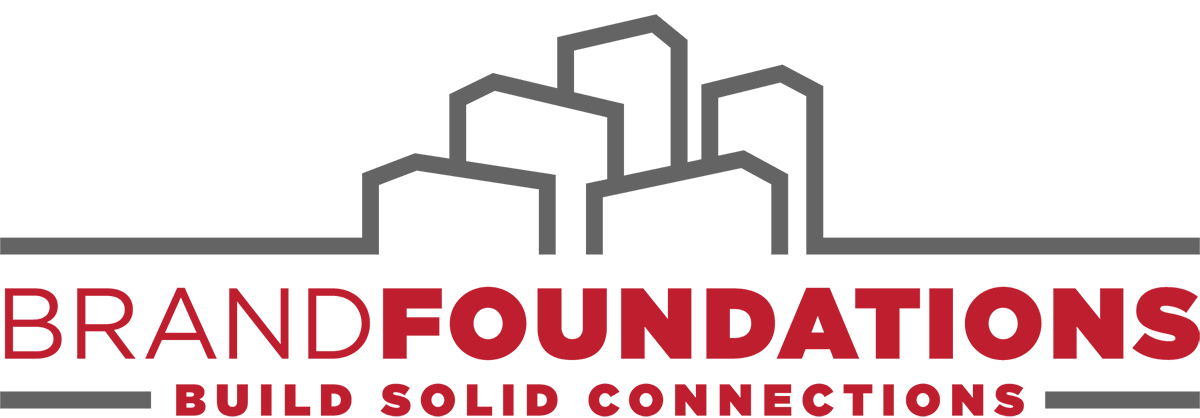As we explain in our earlier article, “What a Good Brand Story Does to Your Brain,” human beings are hardwired for storytelling and we remember stories far more readily than facts. That’s what makes them such a powerful tool for brand building.
But if you’re thinking “Hey, I’m no Hemingway,” don’t worry: in order to be useful in the business context, your stories don’t need to be big sweeping epics. Simple anecdotes are often more powerful and accessible, and simplicity means a story can be used by virtually any employee in company to help build deeper connections both internally and externally.
Here are three distinct types of simple stories that every company should have, and every employee should be familiar with:
The Origin Story: In addition to telling the “who, when and where” of your organization’s founding, this is the story conveys its purpose… the driving idea behind why the company was created in the first place. This is typically rooted in some sort of change your founders were seeking to affect… something about the world or “business as usual” that drove them crazy that they set out to remedy.
Example: In 1971, Fred Smith was frustrated with how difficult it was to get packages and other airfreight delivered overnight and realized the problem lay in shippers relying on routing systems designed for human passengers, which didn’t make economic sense for urgent packages. He set about to change that and make global overnight commerce affordable to everyone. The result was Federal Express. (Source: http://about.van.fedex.com/our-story/history-timeline/history/)
The Culture Story: This story is all about the way your people and your organization behave day in day out. Rather than a breathless listing of each of your organization’s core values (which can begin to sound a bit “me too”), it reflects the highest ideals or behaviors that define they way your people go about their jobs and interact with customers and each other.
Example: We turn again to FedEx, where the culture is rooted in the notion of doing “whatever it takes” to make good on a promised delivery schedule. Each year, the company celebrates and rewards the best examples of that attitude through its “Purple Promise” award program. Capturing these stories has made FedEx’s culture so iconic that it was even featured in the movie “CastAway,” where Tom Hanks’ fictional FedEx manager finally delivers a package after years after being stranded on an island.
The Customer Story: Customer success stories are the third type of story every employee should know. While these are usually expressed in the form of a case study, it’s imperative to focus the spotlight on the impact your company had on a particular customer and not just drone on and on about the details of the services or solutions you provided to enable that impact.
Example: FedEx has this down to a science and is constantly refreshing its library of customer stories (many of which can be seen at https://smallbusiness.fedex.com/success-stories.html). Over and over, these success stories illustrate the impact that FedEx has on the lives of their customers, tying it back to their founding purpose and the way they went about keeping that promise.
These are the three types of stories that every company should package as short anecdotes that any employee can remember and use. Astute readers will recognize that these three story types align with our Purpose-Way-Impact model of foundational messaging. And that’s no accident: stories are a great way to reinforce those messages at the heart of any company’s brand.
If your organization needs help shaping and sharing its essential stories, give BrandFoundations a call. We know our way around a good story!


